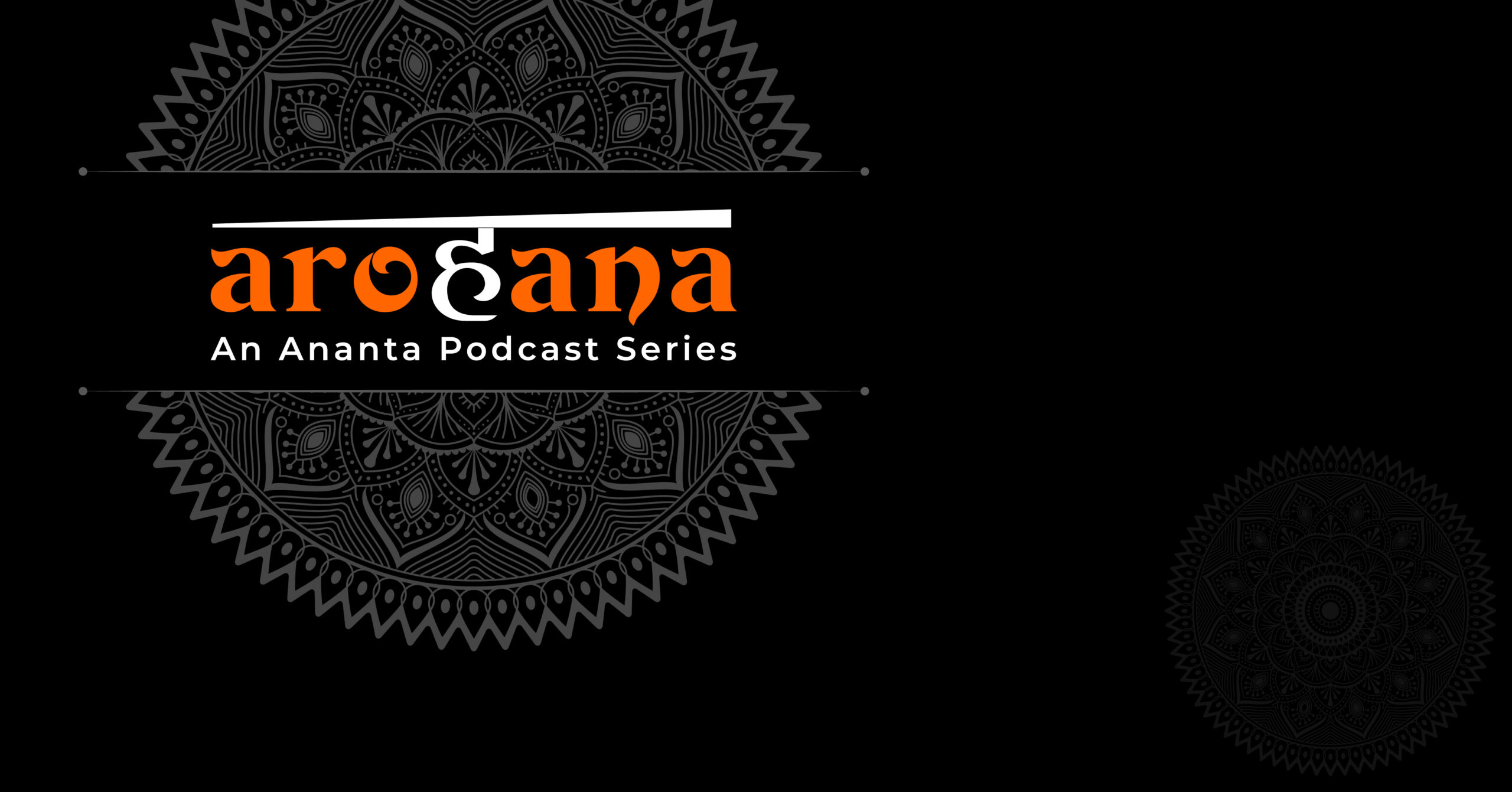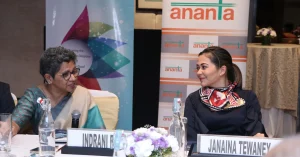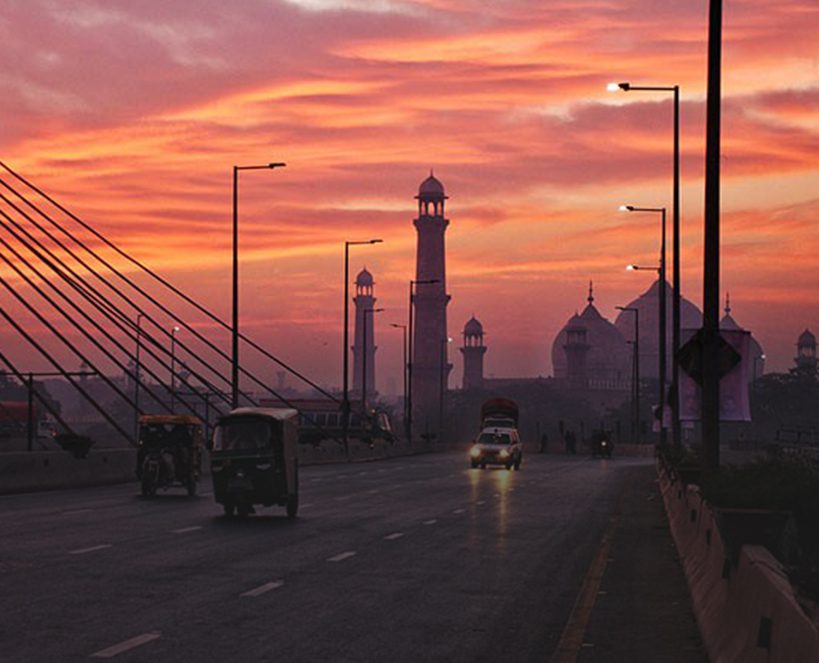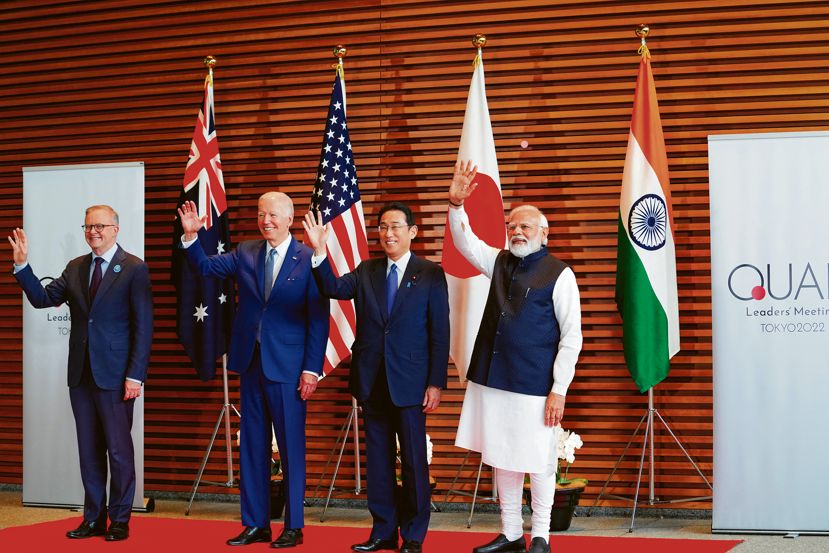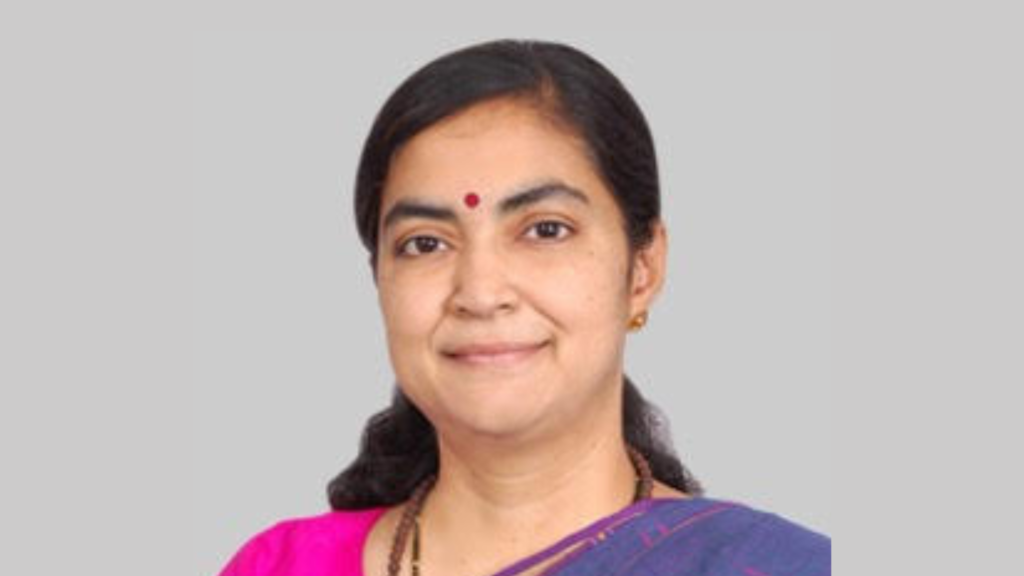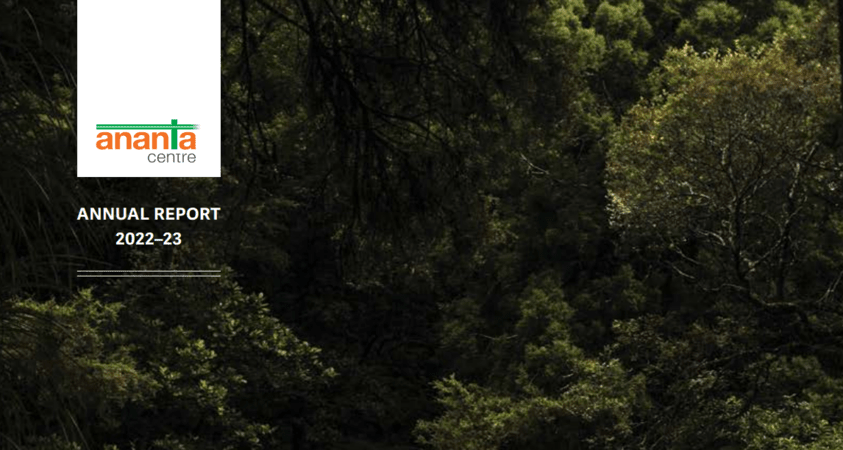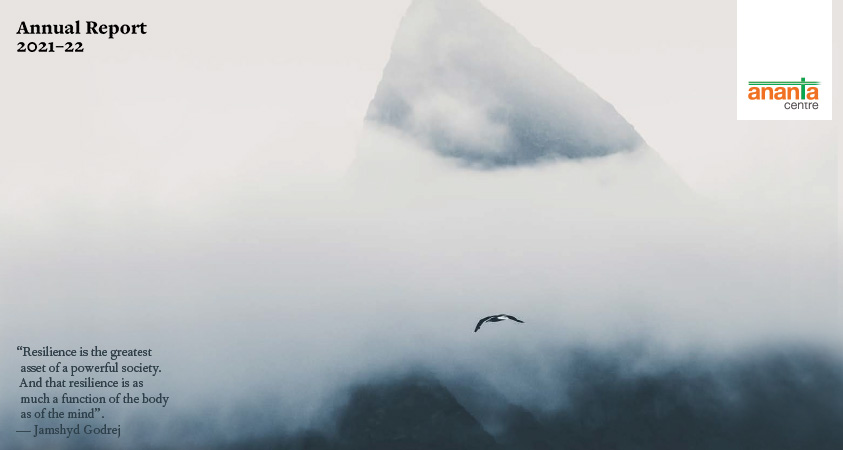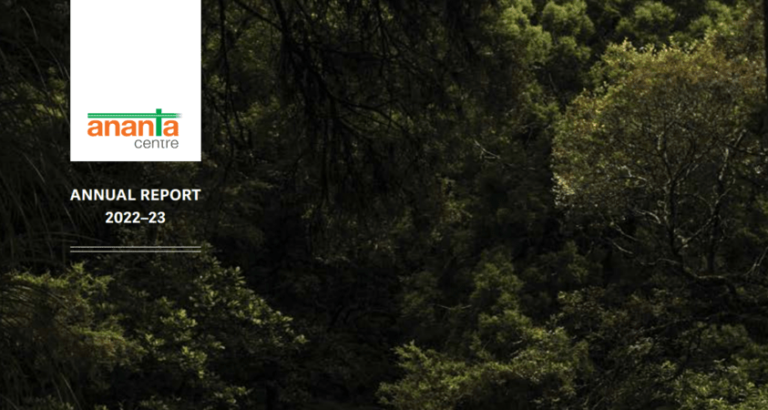Blog Post
The Indian economy is recovering from the damages caused by the second wave of Covid-19 during April and May 2021. The Ananta Centre organised a session on “The Mid-Year Indian Economy Review – Assessing Growth Prospects” to examine the current state of the Indian economy, identifying the possible recovery signs and indicating the growth prospects in the second half of the financial year with Mr Janmejaya Sinha, Chairman, Boston Consulting Group India; Dr Montek Singh Ahluwalia, Former Deputy Chairman, Planning Commission of India; and Dr Naushad Forbes, Co-Chairman, Forbes Marshall and Chairman, Ananta Aspen Centre, moderated by AK Bhattacharya, Editorial Director, Business Standard.
India’s GDP growth rate in the first quarter of the financial year was over 20%. Based on what the Reserve Bank of India has projected to be the annual real growth rate in the year 2021-22, the first half of the year will see double-digit growth. Unemployment is declining and currently stands at 7.5%, down from 12% in May, according to the Centre for Monitoring Indian Economy (CMIE) data. Foreign exchange reserves are at a record high of $640 billion. Exports are the bright spot and they are consistently doing better than even the pre-pandemic months.
The main positive at mid-year is that the economy has bottomed out and the formal sector may be getting back to pre-pandemic levels by the end of the year. The size of the foreign exchange reserves signals a return to normalcy in monetary policy. The size of the foreign exchange means that even if there’s a temporary problem in the economy, we will be able to ride it.
Corporate deleveraging is another positive. The revenues have held up and the profitability of the companies has improved. The changing nature of money coming into India and their longer tenure signal another positive. If there is judicious use of this money, it could be a better capital than the Indian economy was getting in the past.
The fundamentals of our economy – a young population and real consumption – are also positive signs for the longer term. Real consumption is a strength that will sustain the economy for 30 years. The flexibility of the economy, evident by the reduction in the unemployment rate of 24-25% in April 2020 to 8% in June 2020, is another strength.
There are, however, several concerns. Critical manufacturing and construction sectors are at a level lower than where they were 2 years ago. Aggregate demand components, private consumption, expenditure, the investment rate in the economy and even the government consumption expenditure have remained subdued. Inflation is over 5%, closer to the upper limit of the tolerance band of the Reserve Bank of India’s inflation targeting regime. The rural-urban divide in unemployment has gotten worse with the urban unemployment rate now at about 9%, compared to 6.8% in rural India. The current account balance after being in the surplus last year is expected to be in the deficit of about 1% of the GDP.
One of the major negatives of the current status of the economy is that private investment has collapsed. This is happening despite the companies having strong balance sheets. The capacity utilisation is low and the intent to invest is not clear.
To offset the declining private investment, public investment programmes need to be stepped up. For a longer-term growth strategy, schemes like Atmanirbhar Bharat should not lead to protectionism by cutting down imports but must focus on strengthening the economy. It is also critical that privatisation and the new monetisation plan goes beyond announcements and there is some level of disinvestment and assets movement.
The flexibility in India’s economy comes from having an informal sector that is not protected, is very vulnerable and is struggling. Until we see a recovery in the informal sector, a substantive recovery in informal employment, we’re not going to see a sustained ongoing recovery and get back to the kind of growth engine that we had for 30 years.
There is also a need for social investment in schooling and skilling. In terms of our school outcomes, we were not in a good position before the pandemic serious backsliding has happened in the last 18 months from an already low position. It is the longest hanging damaging factor in our prospects as a country if we cannot get our schooling right or if we cannot skill people. We will not have a population with the essential skills that they need to participate in the modern economy if we do not get this right. We need to increase social sector investment in not just the education system but also in the public health systems through the states.
During the COVID-19 pandemic, people at the top have not suffered, while people at the bottom have been hit very hard because of the digital divide. An important immediate challenge is to electronically equip people and not allow them trapped in digital apartheid which perpetuates their poverty forever. At the low end, everyone should be given a mini tab for life which they can use to access health, some government schemes and actions.
In terms of setting targets, we must be realistic and try to devise a strategy in case we miss it. If the GDP growth rate remains at 8%, less than the target of 11%, we need to produce more expenditure which means busting the fiscal deficit target.
Another focus of the government should be to pay its bills. This paying of bills puts liquidity into the economy in a direct way and stimulates the economy in a very immediate way. Providing enough money to MNREGA is also recommended. Investment in infrastructure is the best way to stimulate demand reasonably and directly by increasing employment and incomes in a more multiplier way. When the private investment picks up, the public expenditure can be scaled back. There is also a need to invest in soft infrastructure and create a technology partnership that can generate long term growth.
Immediate reforms are needed in banking to bring about structural change. The law needs to be amended to give the RBI the same power of supervision on public sector banks as it has over the private sector banks. The GST regime also needs reforms as the average rate in the GST is lower than it was meant to be. The Centre should also get rid of surcharges that are not subjected to sharing with states. Agricultural reforms and the modernisation of agricultural marketing arrangements are desirable and in the interest of farmers. Farmers need to be persuaded that the modernisation of marketing should be possible without the fear that farmers will become at the beck and call of a few capitalists. They should also be reassured that the mandi system for those who prefer will continue. A lot of work has been done on the labour reforms but there is a need to build a certain amount of protection, a certain amount of social welfare benefits, and some kind of lay-off period, something that has not been addressed so far.
On green energy, the uncertainty must be reduced and alignment within the government is needed so a massive transition involving thousands of firms, millions of people employed can be undertaken. Fuel prices should also be higher if we want for the transition to a carbon-neutral economy from a fossil fuel economy. There is also a need to invest in talent. We produce a million engineers a year and this pool can be leveraged by Government investment in public research in the higher education system in those fields which matter for the future.



